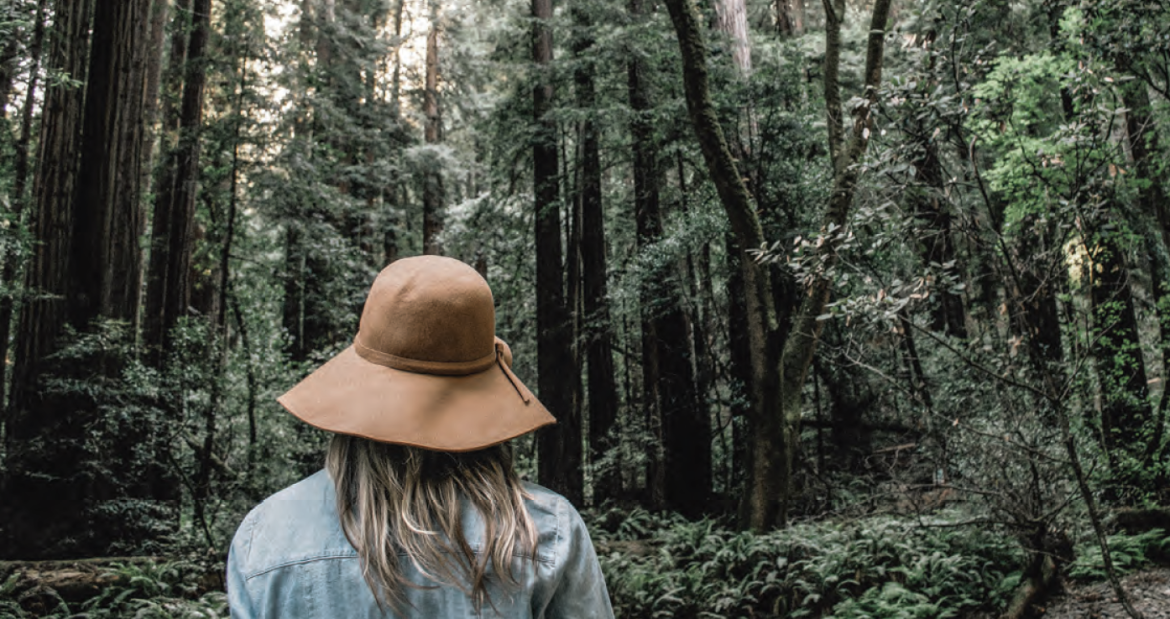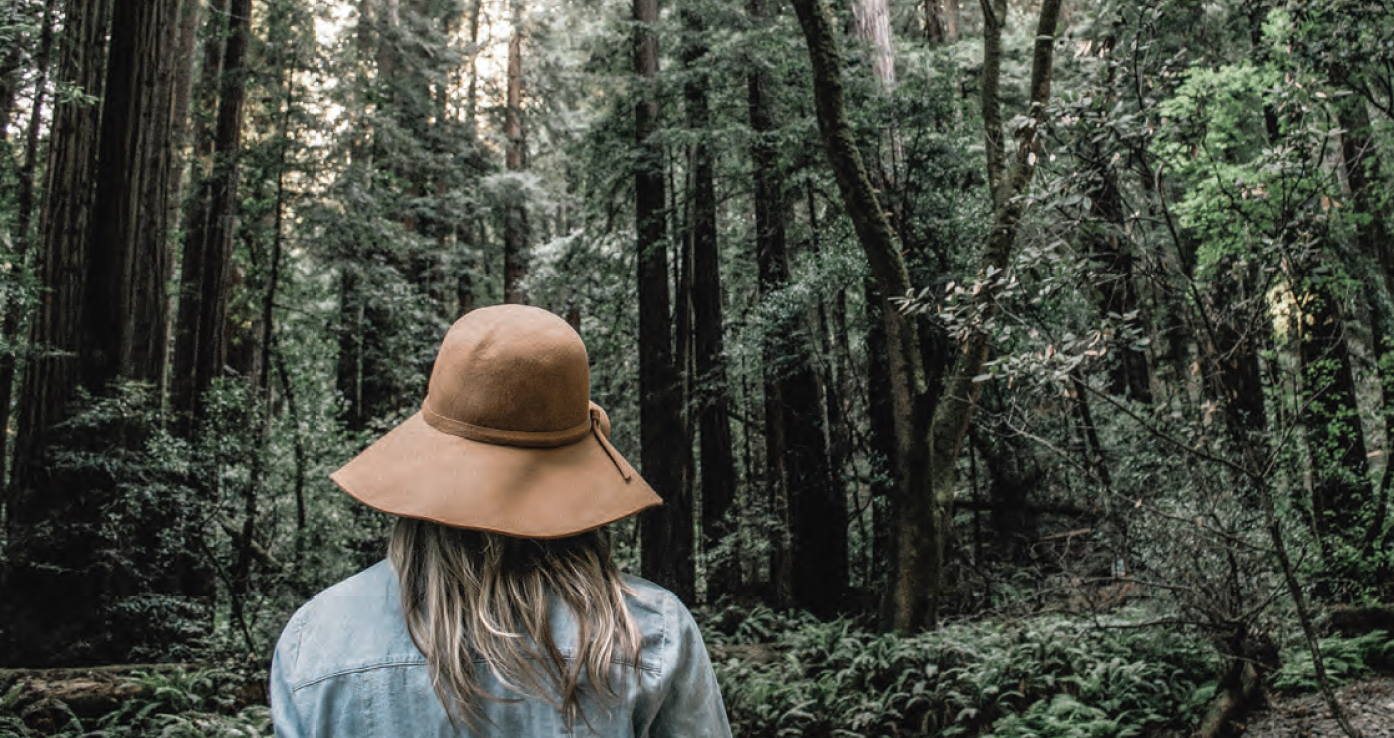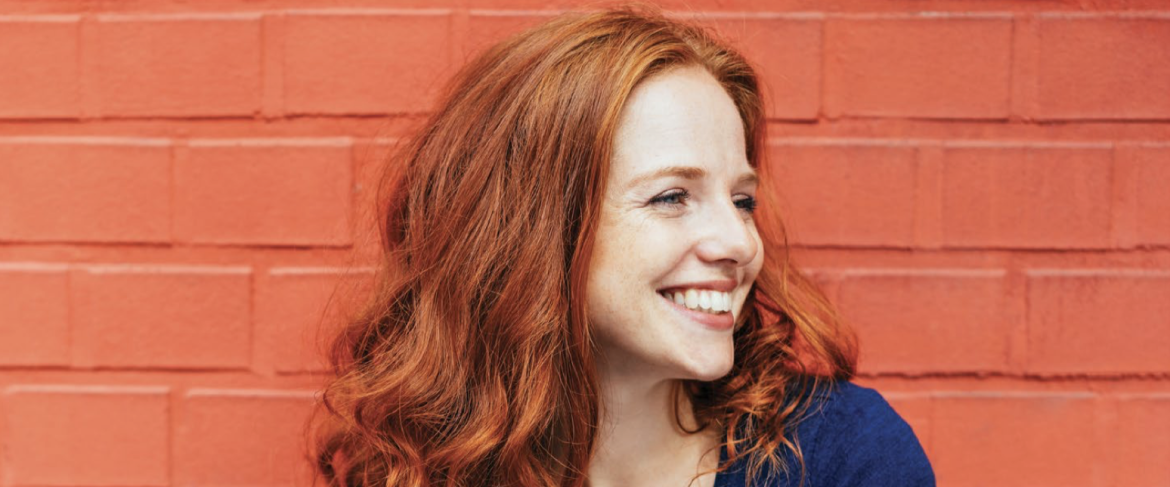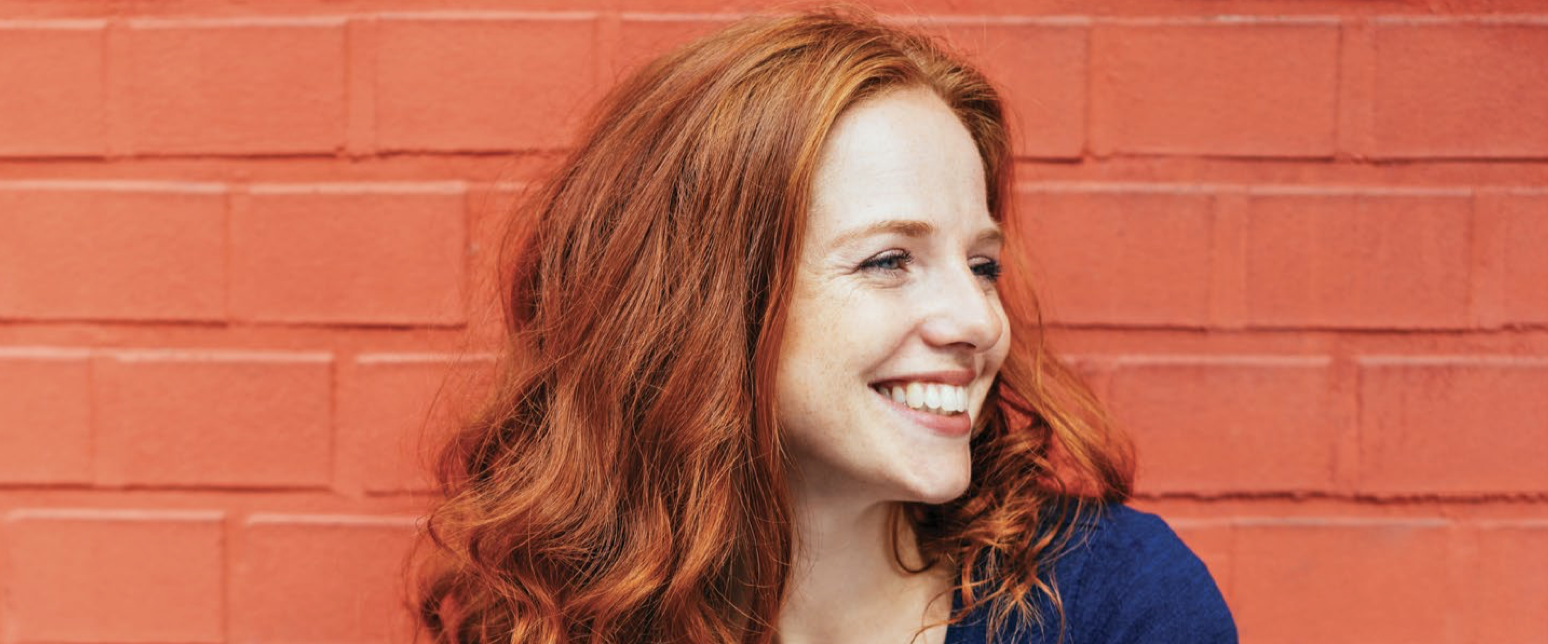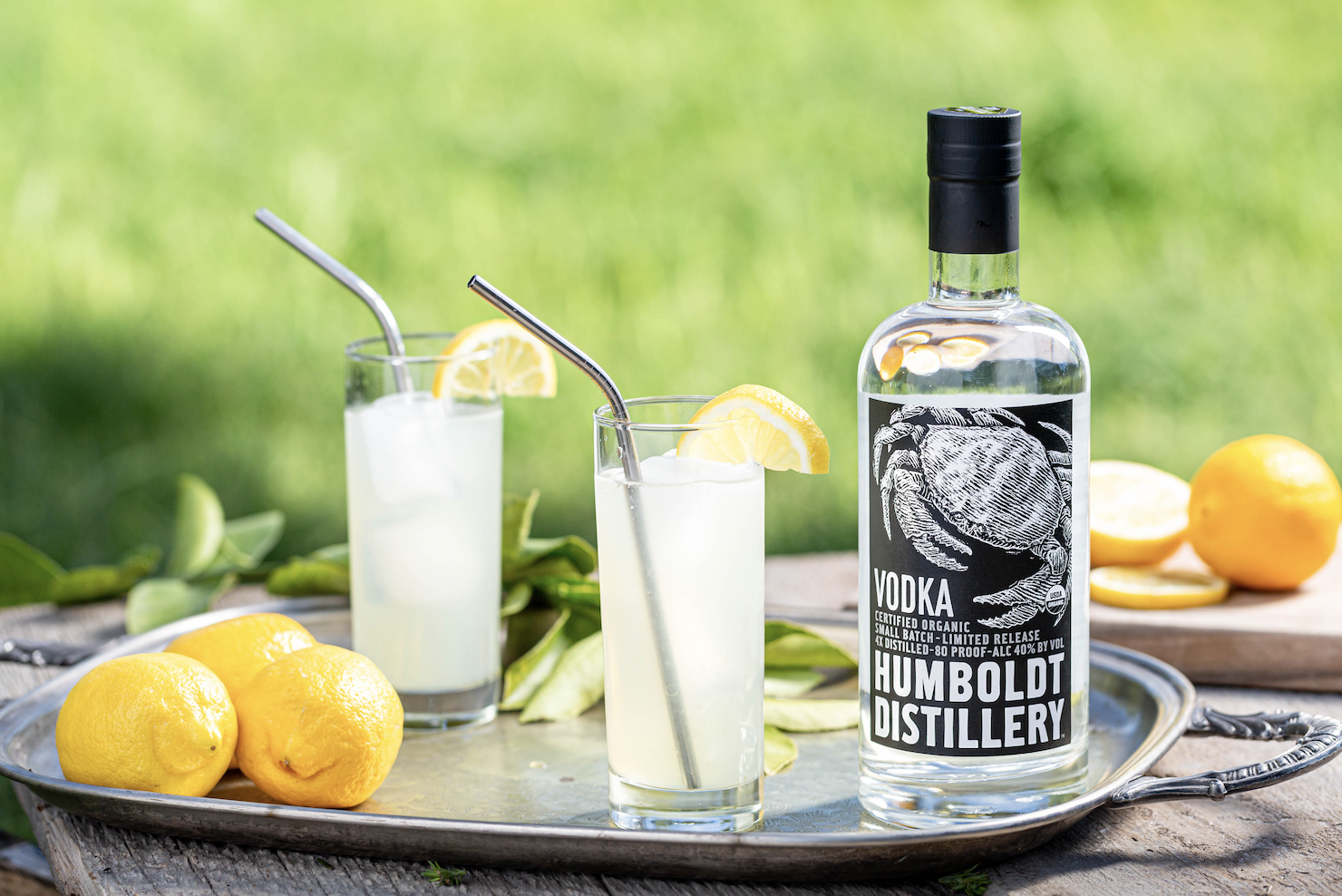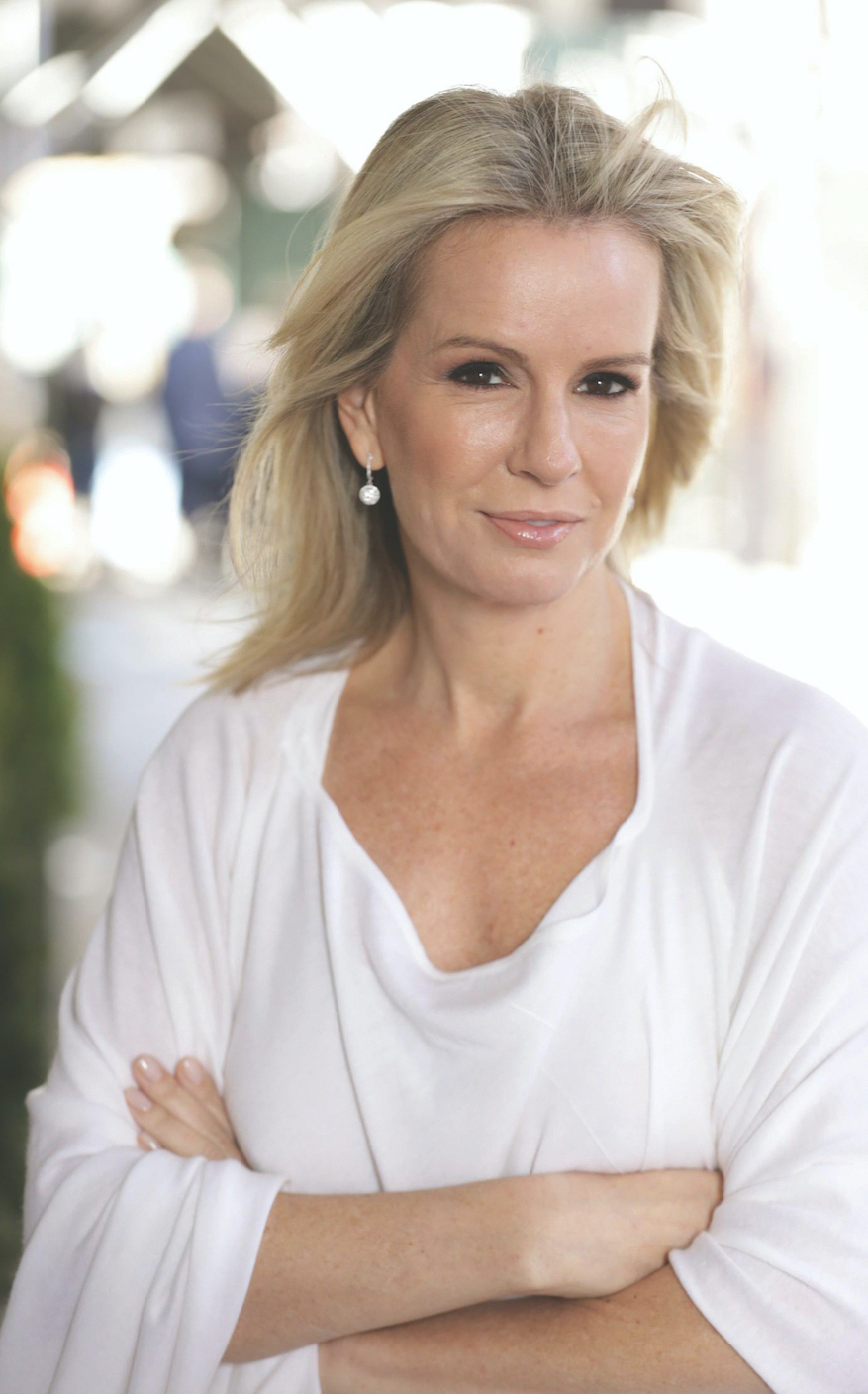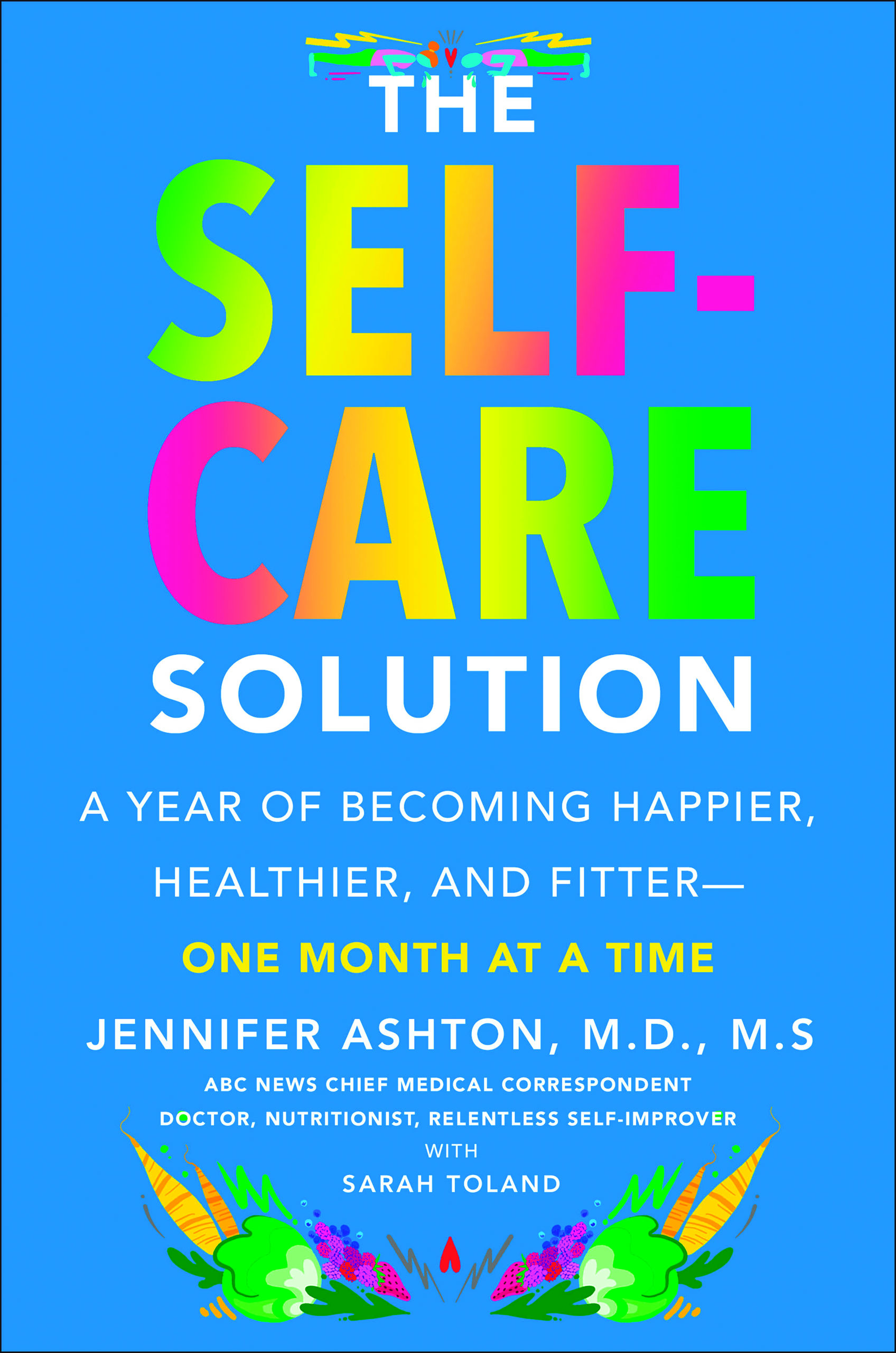From forest bathing that relieves stress and boosts mood to cacao ceremonies for inner awakening and creative guidance, cultures all over the planet still guide and influence us.
It was the trailblazer Jon Kabat-Zinn, PhD, who coined the textbook definition of mindfulness: “Mindfulness is the awareness that emerges through paying attention in a particular way: on purpose, in the present moment, and nonjudgmentally.”
Mindfulness is not a new concept. Buddhism has extolled the powers of mindfulness for thousands of years. Many of these practices—especially meditation, mindful movement (yoga, tai chi, etc.) and healing breathwork (pranayama)— have migrated to the West and become standard fare in our quest for accessing deeper levels of relaxation.
For a lot of people in the western world it’s a means to escape the stresses of modern life, but what does mindfulness mean to other communities? Learning about the different forms we see around the globe opens our eyes and hearts to cultures and traditions beyond our own.
Thanks to technology, we are all global citizens with access to many inspiring and powerful practices, rituals, traditions. I’ve had the opportunity to access many firsthand, through my career traveling to every corner of the globe and immersing myself in other cultures. From the Native American sweat lodge to Japan’s tea ceremony, from vibrational healing in the Yucatán Peninsula’s sound temple to Bali’s holy water purification ceremonies, we have something to learn from each authentic method practiced. Let the possibilities inspire you.

From Burma: Sweeping (or Body Scanning)
The traditional Burmese meditation practice called “sweeping” is essentially body scanning, and can be an effective way to begin a mindfulness meditation practice for anyone. It’s so effective that it’s become an integral part of the Mindfulness-Based Stress Reduction (MBSR) program founded by Kabat-Zinn. (MBSR has become the gold standard for mindfulness training in the medical/psychotherapy communities in the U.S. and worldwide.)
The practice involves mentally “sweeping” through the body from head to toe bringing an affectionate, openhearted, nonjudgmental and interested attention to its various regions. The awareness of sensations in the body provides insight into deeper emotions without requiring you to judge or try to change them. It trains you to stay present in your body even if, in the case of pain and discomfort, you don’t like what you’re experiencing.
As we train our mind to be more aware of sensory experiences, we become more intuitive and accepting. We learn how sensations in our body are tied to emotional states. Stress and the resultant emotions like anger, sadness, anxiety, fear (among others) cause physical symptoms like tightness/constriction in body tissues, hypertension, chest pain, headaches and more. Bottom line, body scanning builds your ability to focus, tune into bodily afflictions (with the hope that you can ultimately work on assuaging them) and ultimately be more present in your life.
How to? Sitting or lying down, breathe deeply throughout. Starting at the top of the head, slowly and evenly scan through the body, all the way down to the toes, noticing every part of the body and what feels comfortable or uncomfortable. Remember, you’re not trying to change anything. Be curious and open to what your body is telling you without judgement. Ask yourself what each body part is feeling. Is there pressure, tension, heat, pulsing, tingling, heaviness, lightness?
If your mind wanders, bring your attention back to breathing and exploring sensations in your body until you’re done with the practice.
From the Himalayas: Metta (or Loving-Kindness) Meditation
Taught by Buddha 2,600 years ago and consistently practiced in the Himalayan region of Asia to this day, this healing practice has become a mainstay in the U.S. and globally. Metta translates to “loving- kindness,” with the practice focused on growing a sense of kindness and goodwill by directing positive thoughts to self and others.
How to? It involves repeating a set of phrases as a mantra of sorts that you, and all beings, be safe, happy, peaceful and healthy. Possible phrases could be:
“May I (you/we) be safe and protected from harm.”
“May I (you/we) be joyful.”
“May I (you/we) be peaceful.”
“May I (you/we) be strong and healthy.”
You may also create your own phrases that resonate with your heart.
Say or think these phrases to yourself (repeat as desired). Then “say” them to someone you feel close to, then someone more neutral, then someone who may be having a difficult time, and finally expanding outward to all of creation.
When we open our hearts and send loving-kindness without distinction, we’re more apt to include instead of exclude, to connect instead of overlook, to care instead of be indifferent.

Shinrin means “forest,” and yoku means “bath.” So shinrin-yoku means bathing in the forest atmosphere, or taking in the forest through our senses.
From Japan: Shinrin-Yoku (or Forest Bathing)
One of my important teachers, Deepak Chopra, MD, says, “Harmonizing your biological rhythms with the rhythms of nature minimizes entropy and reverses aging.” Enter the practice, shinrin-yoku. Shinrin means “forest,” and yoku means “bath.” So shinrin-yoku means bathing in the forest atmosphere, or taking in the forest through our senses. It is incredibly simple: Breathe intentionally while taking meandering, meditative walks through the forest.
Japan’s Forestry Agency recommends forest bathing as a stress-reliever and mood-booster and says it encourages clearer intuition, increased flow of energy, deepening of friendships and overall higher levels of happiness. It helps you unplug from technology, be in the present moment and slow down. Extensive studies have found this practice can help with everything from depression and anxiety to fatigue and hypertension. It is said to lower stress hormones, balance the nervous system and boost immunity.
How to? Take in nature through all of your senses: Breathe deeply and taste the freshness of the air. Listen to the gentle wind dancing around you and notice the different birdsong. Look closely at the different colors and textures of the trees and the sunlight filtering through their branches. Smell the vibrant, earthy fragrance of the forest and breathe in its natural aroma-therapy. Place your hands on the trunk of a tree—hug it even! Feel the textures of bark, moss, stones. See the universe in a leaf. Dip your fingers or toes in the local stream, pond or lake. Lie on the ground and feel your nervous system connecting with the nervous system of the forest. Drink in the flavor and mood of the forest as boosting your sense of joy and calm.
From Africa: Ubuntu – “I Am Because We Are”
In African culture, Ubuntu is a holistic and long revered way of life emphasizing the interdependence and interconnectedness of all people.
The word Ubuntu means “I am because we are.” It’s an expression of appreciation for others, an acknowledgement that we’re all part of the same family and we’re in this life together. This sense of community manifests itself as kindness, compassion, caring, sharing, fairness and honesty.
The Ubuntu greeting, often translated as “I see you,” carries a profound meaning. It’s a shared salutation to our divinity. It extends beyond superficial observation and signifies a deep recognition and understanding of others. When one says, “I see you” in the context of Ubuntu, they’re acknowledging and affirming the inherent worth, dignity and value of the person before them. It goes beyond physical appearance and encompasses seeing someone’s essence, their emotions, struggles and joys. It’s an act of embracing and honoring their humanity, regardless of any external factors or differences.
“I see you,” reminds us to see others not only with our eyes but with our hearts and minds, acknowledging the richness and diversity of the human experience. It inspires us to build bridges of compassion and understanding, contributing to a more harmonious and inclusive world.
How to? Say the greeting “I see you” when communing with others, or silently repeat as a mantra to remember to look beyond surface-level appearances and understand the deeper essence of others—treating every individual with respect, kindness and empathy; embracing your shared humanity; and fostering a sense of connection and understanding. Practice generosity. Focus on interacting with others with care, supporting those who need you. In turn, allow yourself to be supported by friends and family.

At the heart of the Ho’oponopono spiritual tradition is the practice of forgiveness and reconciliation as a means to improve one’s relationship with self, with others and the world at large.
From Hawaii: Ho’oponopono
Ho’oponopono means “to make things right.” This ancient practice has long brought healing and reconciliation to families, community members and individuals through Hawaii as well as all islands of Oceania. The concepts and rituals continue to this day.
At the heart of this spiritual tradition is the practice of forgiveness and reconciliation as a means to improve one’s relationship with self, with others and the world at large. And it all starts from within: by restoring self-love and inner balance. This is the powerful peace-making mantra at the center of this practice: “I’m sorry, please forgive me, thank you, I love you.”
How to? You can recite, chant, sing as a prayer or meditation—directing to yourself, others, as well as situations where transgressions (unintentional or not) have occurred. As you recite it repeatedly— anger, sorrow, shame, disappointment or any guilt you may feel loosens its grip on you. It opens your heart, releasing negative thoughts or emotions, giving you and others a clean slate. It’s a powerful way to cultivate empathy, heal old wounds and let go of grudges. And always with loving-kindness, compassion and grace. The physical and emotional benefits for our wellbeing are profound.
The best-known part of the ritual is the mantra, but it includes a lot of “authentic relating” as well. Everyone in the family or community—often guided by a wise elder— takes their turn to speak their “truth,” until everyone feels harmonious and at peace. This is conscious, compassionate communication at its best.
If you’re about to enter into a difficult conversation with someone, reciting this mantra to yourself beforehand can help you remain calm, empathetic and understanding. A better outcome may be achieved.

From Costa Rica: The Cacao Ceremony
Originating with the Mayans, cacao ceremonies have been around for thousands of years, and although originating in Central and South America, they’re now practiced in many parts of the world. The scientific genus name for cacao is theobroma, which translates to “food of the gods,” and the Mayans believed that cacao was a key ingredient in restoring balance and connecting to the divine. Costa Rica is a particularly high vibration place for this practice.
Used for medicinal and spiritual purposes to achieve inner awakening and creative guidance, this ancient ceremony elevates our energy, grounds us, and connects us to our heart and feelings. Cacao has long been used to heal and harmonize mental, physical and spiritual layers of our being, creating wholeness. As a shamanic practice, it opens the spirit world for us to journey through and can awaken ancestral memory—remembering and honoring our ancestors.
How to? This sacred ritual involves gathering with others to drink cacao in a warm liquid form, while opening our heart to unconditional love, sharing thoughts of gratefulness, setting intentions and creating a space for connection, healing and inspiration. Praying, chanting, singing, as well as shamanic tools like ancestral sounds, drumming and smudging, may be used as well. A traditional ceremony may last for several hours.
You can also enjoy this daily ritual as a simple yet unique mindfulness meditation to deeply transform the way you encounter the world. Peacefully sit for 10-20 minutes every day, say what you’re grateful for, set an intention for the day and mindfully drink ceremonial-grade cacao.
Enjoy these practices that cultures around the world have developed to be more present, more engaged, more connected, more loving and compassionate toward self, others, community, environment and their divinity. When connected to something larger than ourselves, our lives take on heightened meaning and purpose, with our world becoming a kinder, more loving, more joyful and beautiful place.
The post Mindfulness Around the Globe appeared first on Organic Spa Magazine.
